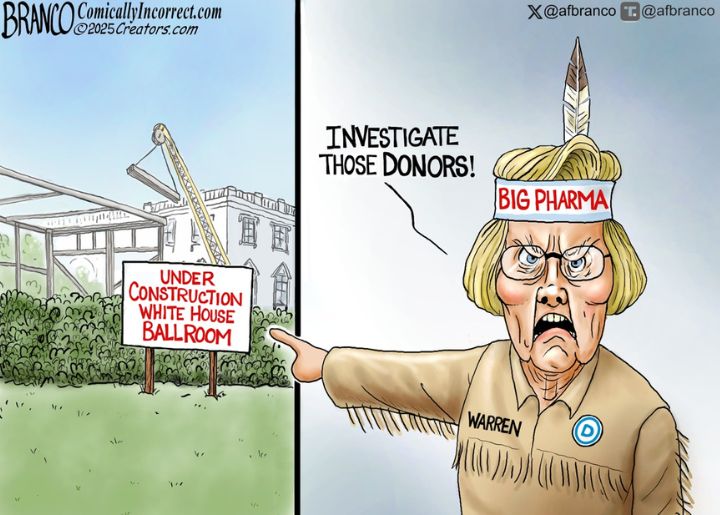BREAKING NEWS: Researchers at the University of Tokyo have just announced a revolutionary method for diagnosing diseases using only a droplet of blood. This cutting-edge technology employs imaging and artificial intelligence to analyze biofluid droplets, significantly reducing the need for extensive medical equipment and consumables.
The research, published today in Advanced Intelligent Systems, showcases a high-throughput system that examines how blood, saliva, and urine droplets dry, revealing critical information about disease states. This innovative approach could transform medical diagnostics, making it faster, cheaper, and accessible worldwide.
Currently, traditional tests require 5 to 10 milliliters of blood, necessitating invasive procedures that can be painful and inconvenient. This new technique eliminates the need for needles and phlebotomy services, addressing healthcare disparities, especially in developing countries. “Our goal is to bring laboratory-level insights to the point of care,” said Amalesh Gope, co-author of the study.
The research team, led by Miho Yanagisawa, focused on the drying process of blood droplets rather than just the final patterns they leave. By using machine learning to decode these drying patterns, they can accurately differentiate between healthy and abnormal samples. This marks a significant leap forward in disease detection, especially for conditions such as diabetes, influenza, and malaria.
“Every moment of the drying process holds valuable clues,” stated Anusuya Pal, first author of the study. The method requires only a standard microscope and a digital camera, making it feasible for use in low-resource settings.
As the world grapples with healthcare accessibility, this research presents a viable solution, potentially allowing for rapid health monitoring in communities lacking laboratory facilities. The researchers aim to develop a mobile health-screening tool that can provide timely diagnoses, enabling early detection and preventive healthcare.
WHAT’S NEXT: The team is now focused on translating this methodology into practical applications. They envision a future where healthcare is not a privilege but a right, ensuring that everyone, regardless of location, can access critical diagnostics.
Stay tuned for more updates on this groundbreaking development in medical technology.







